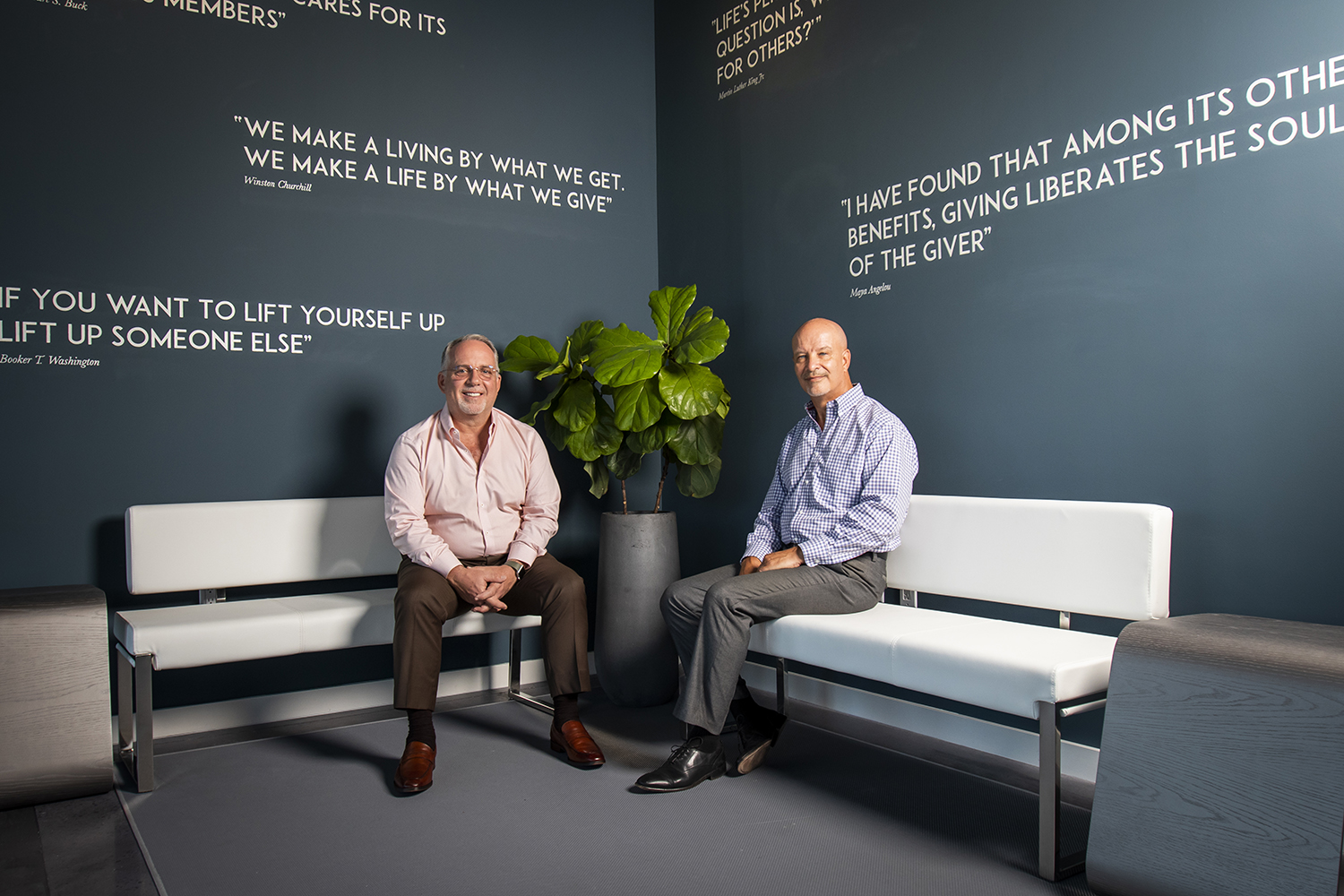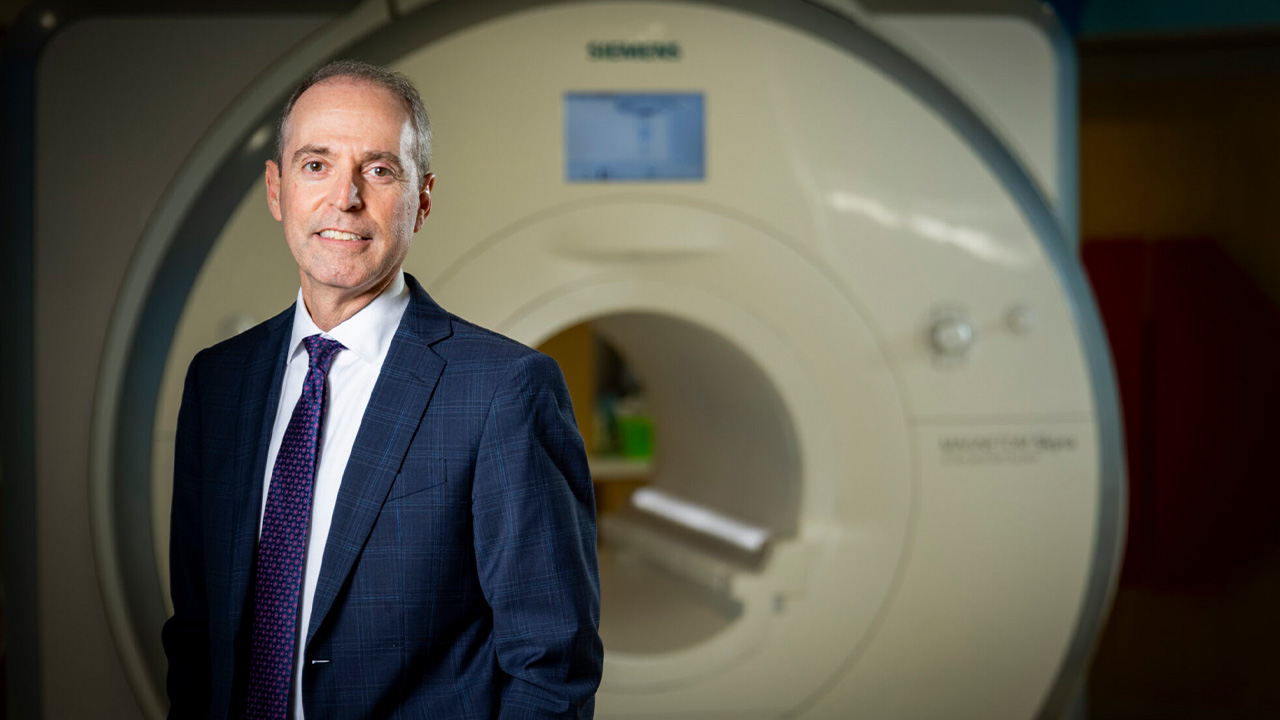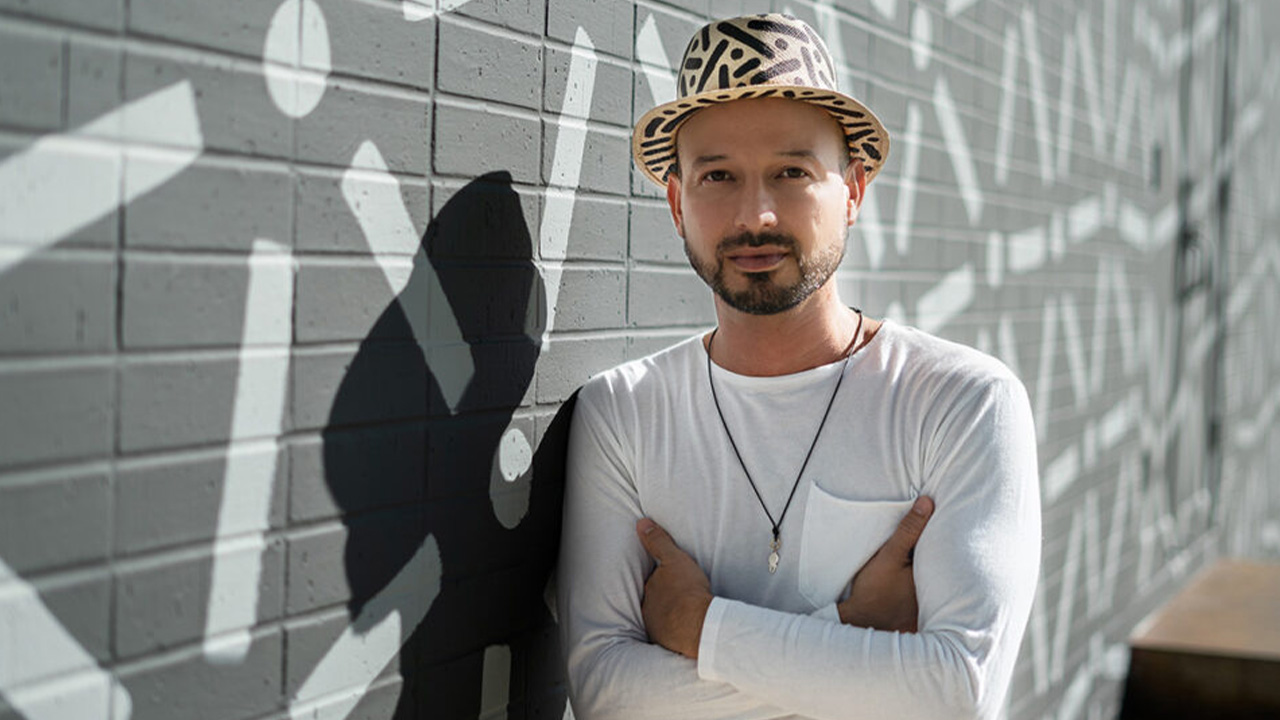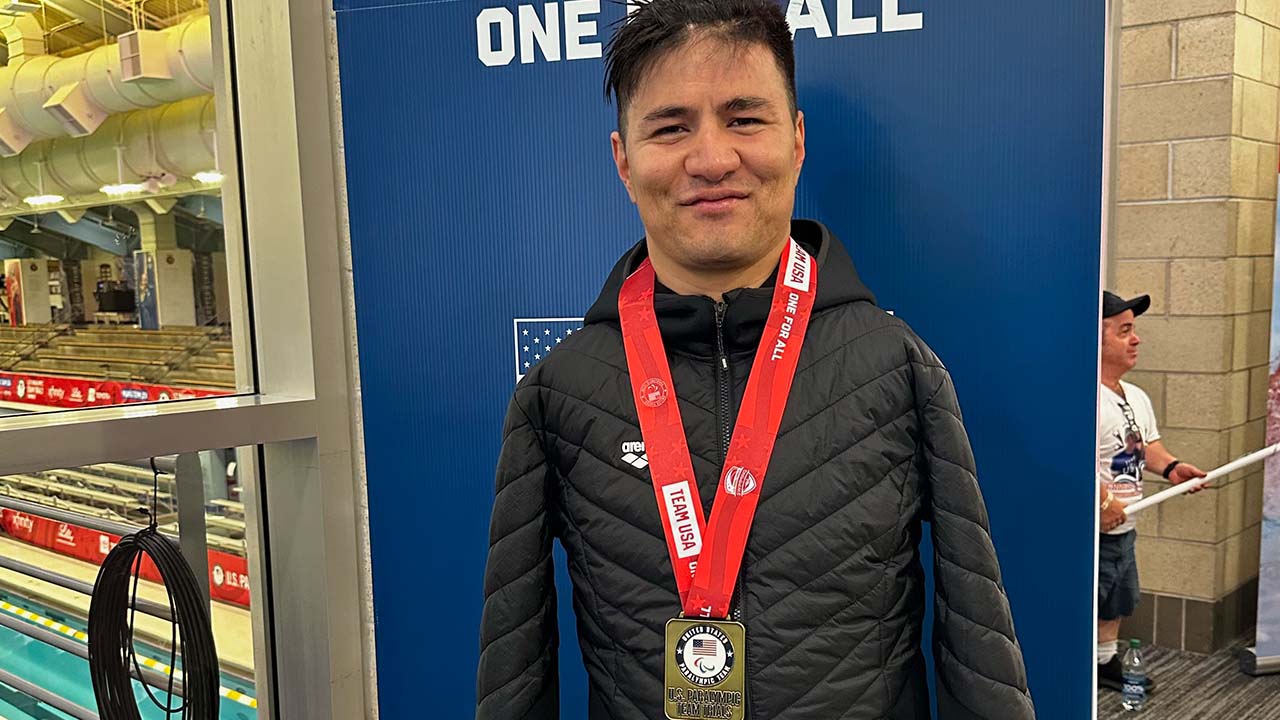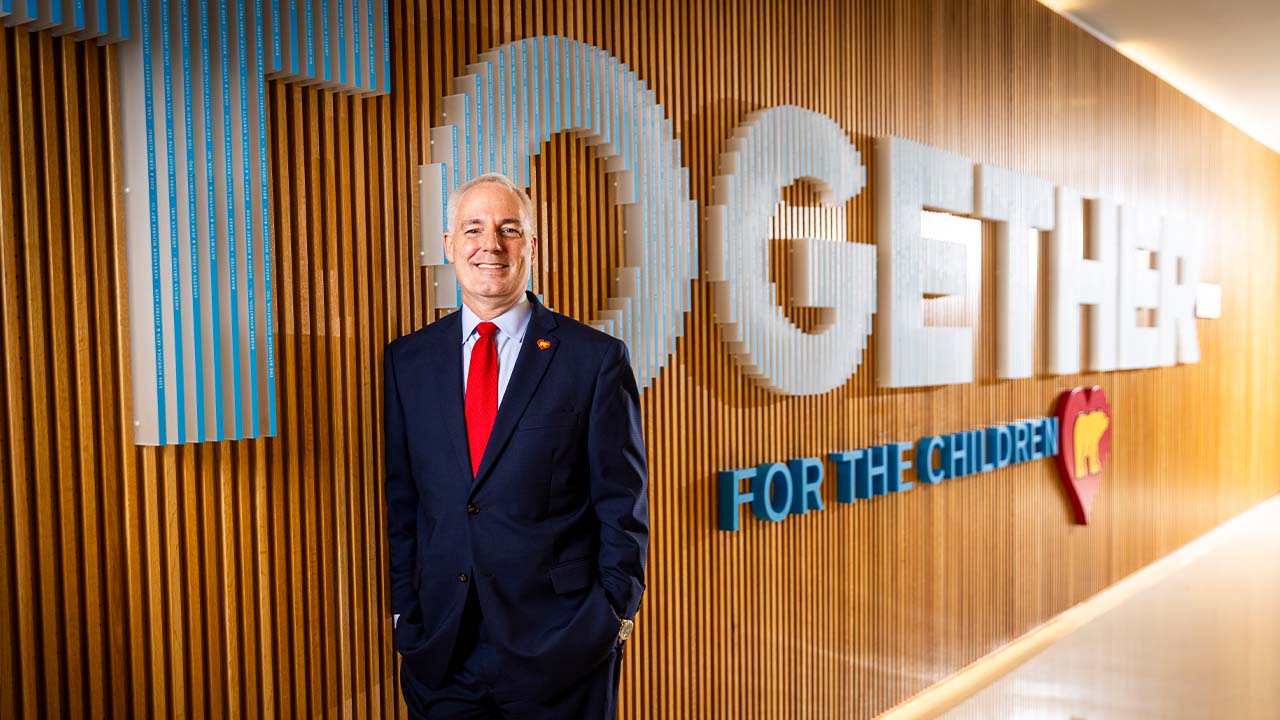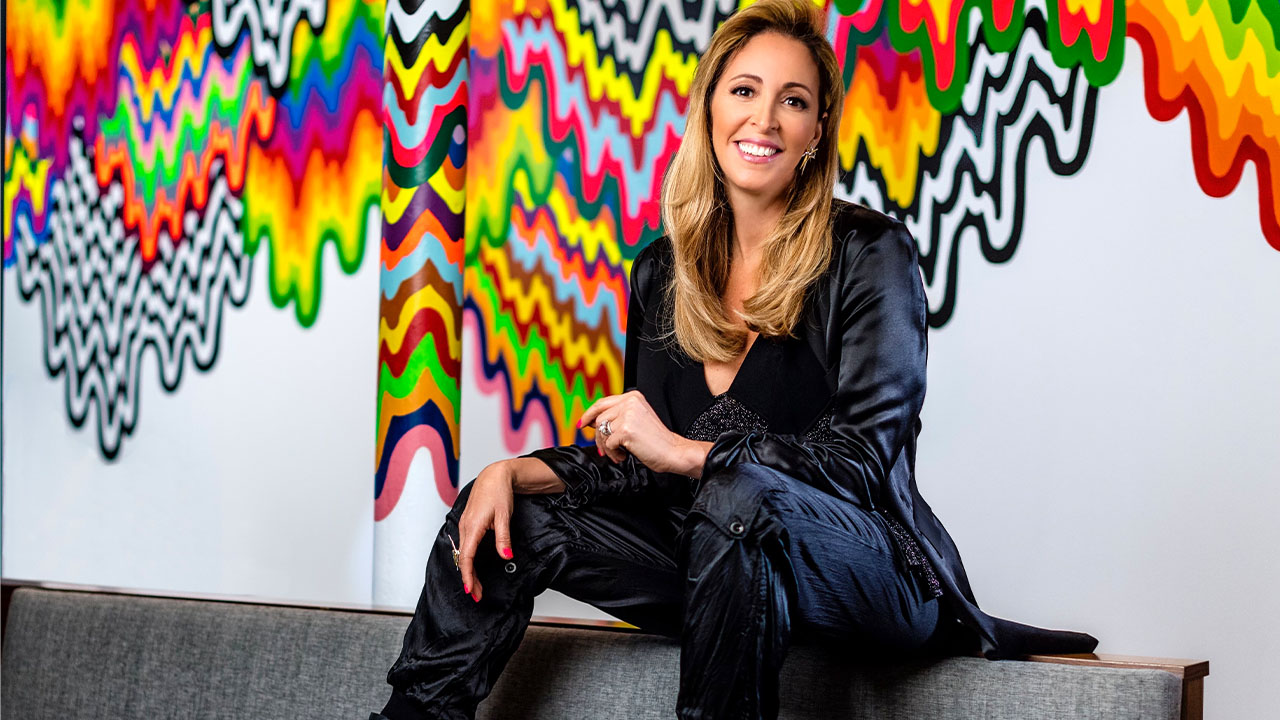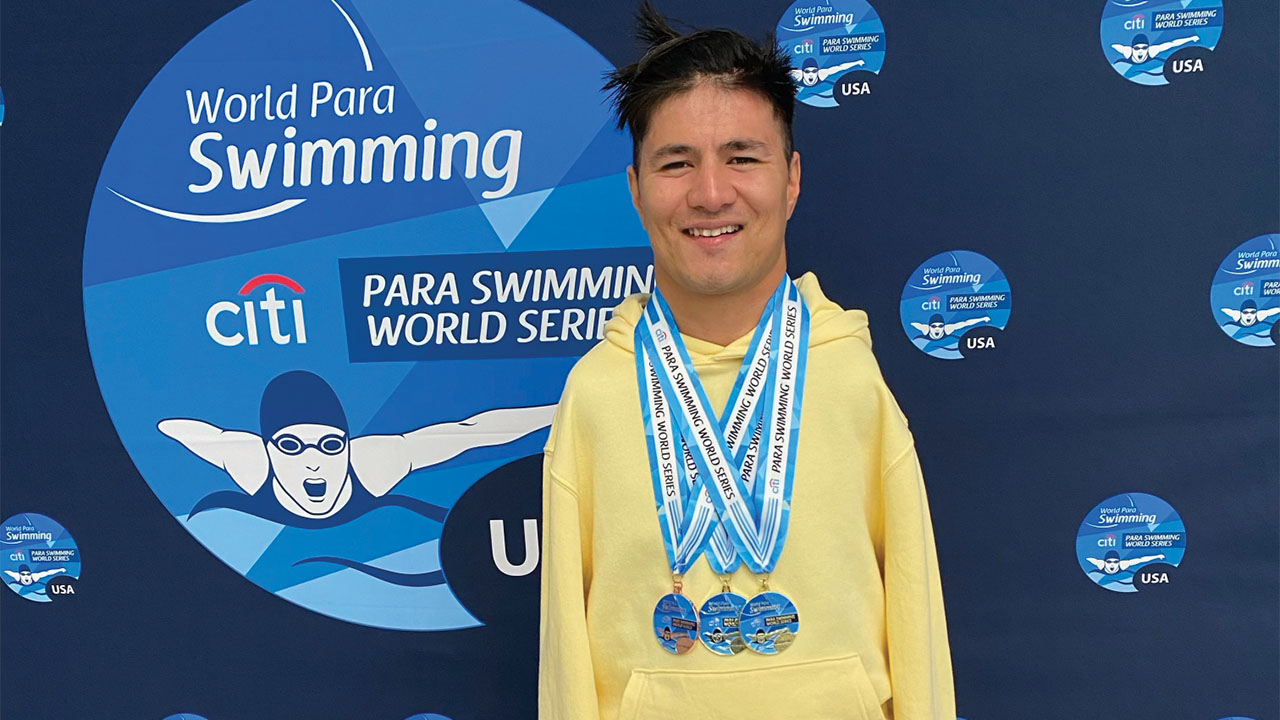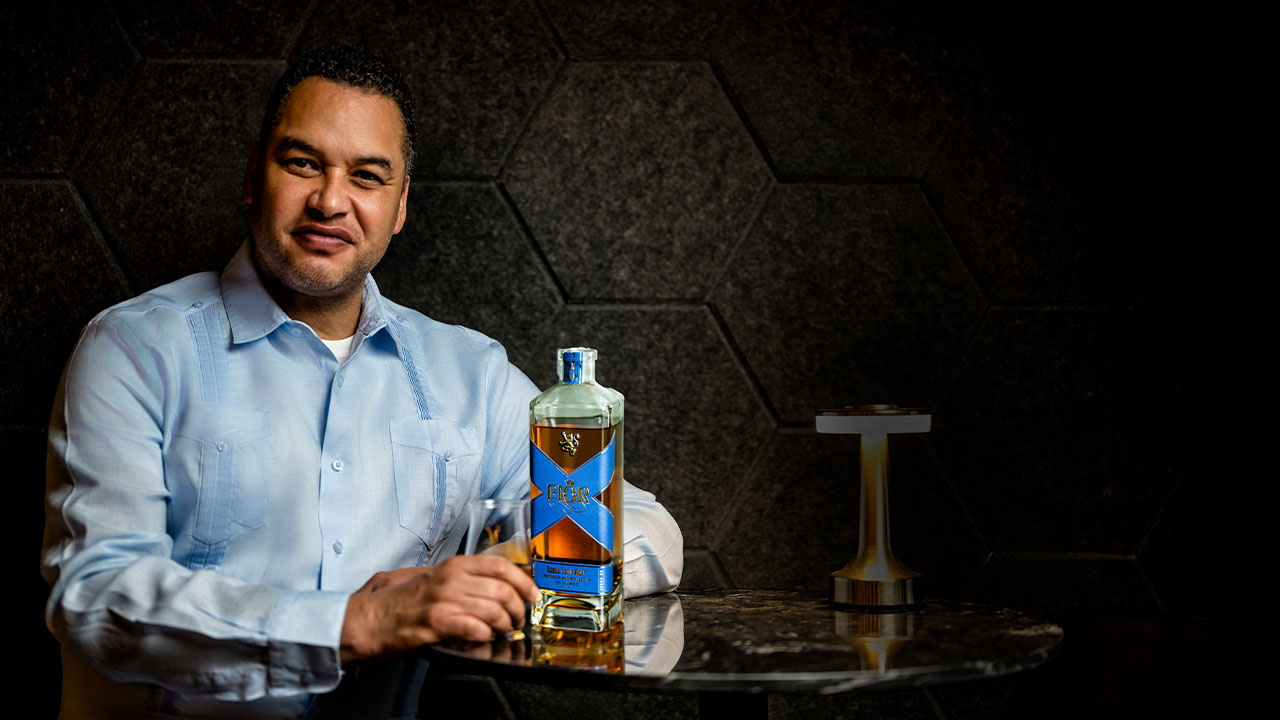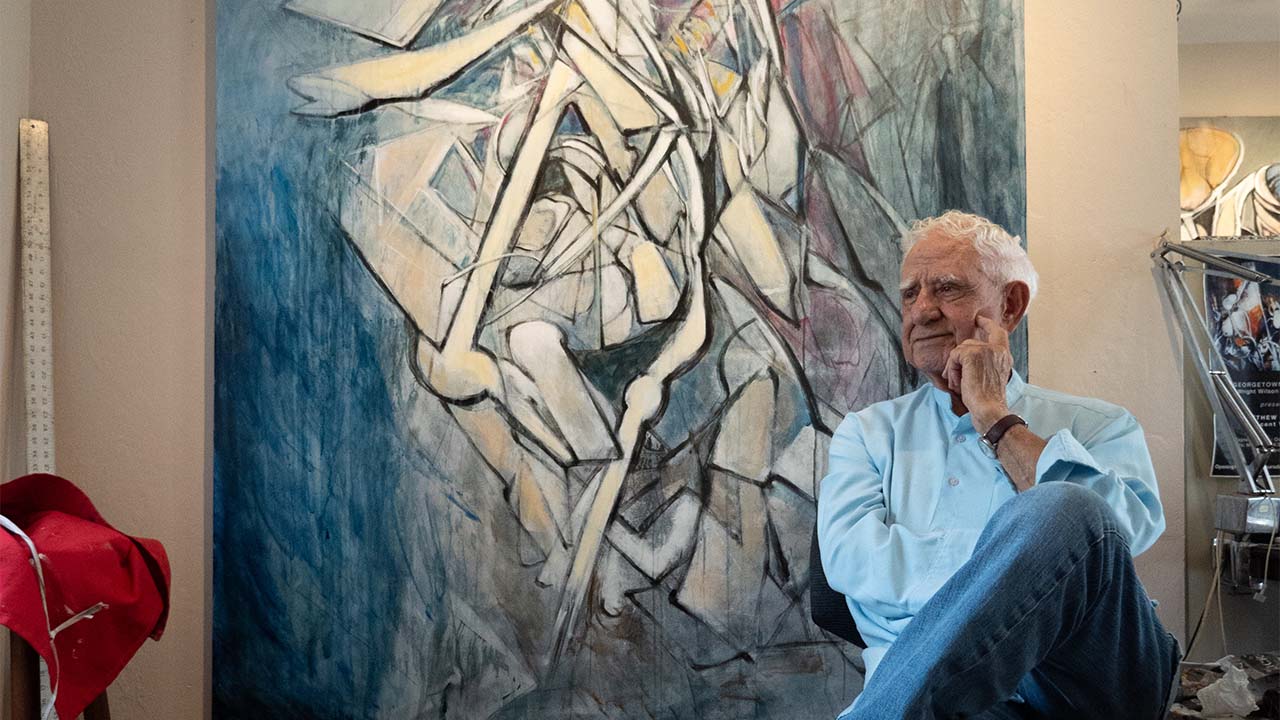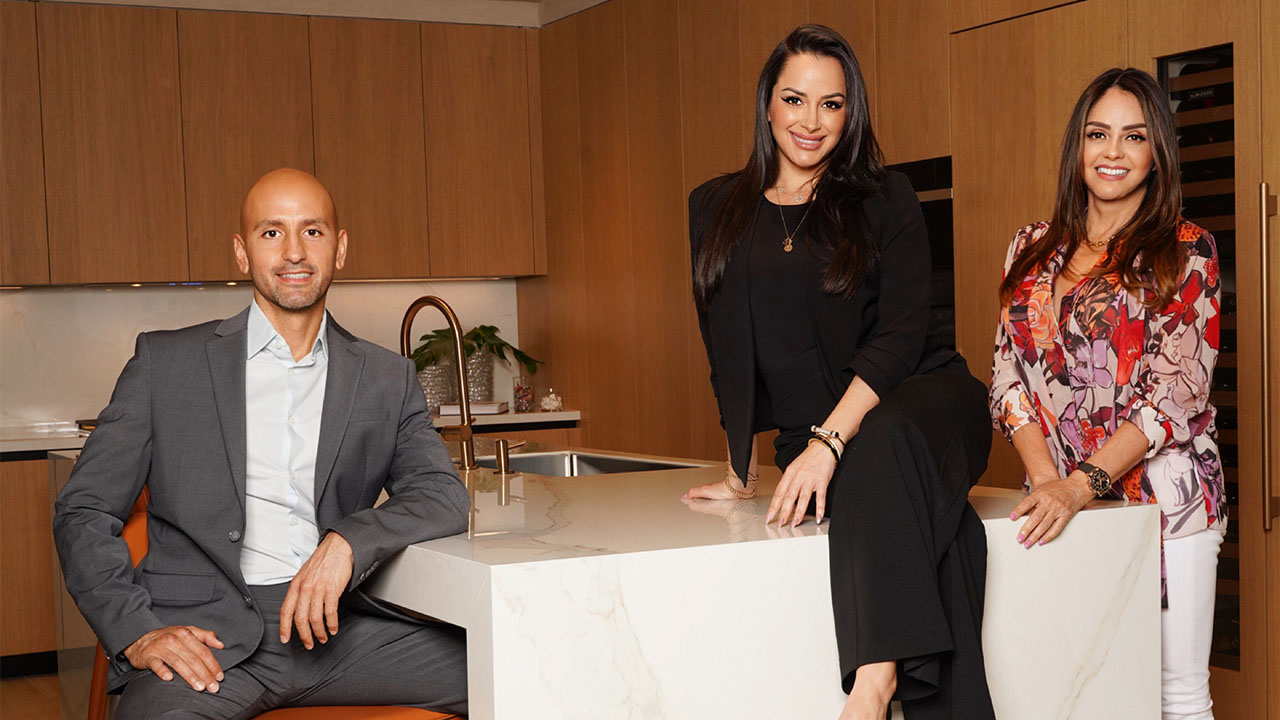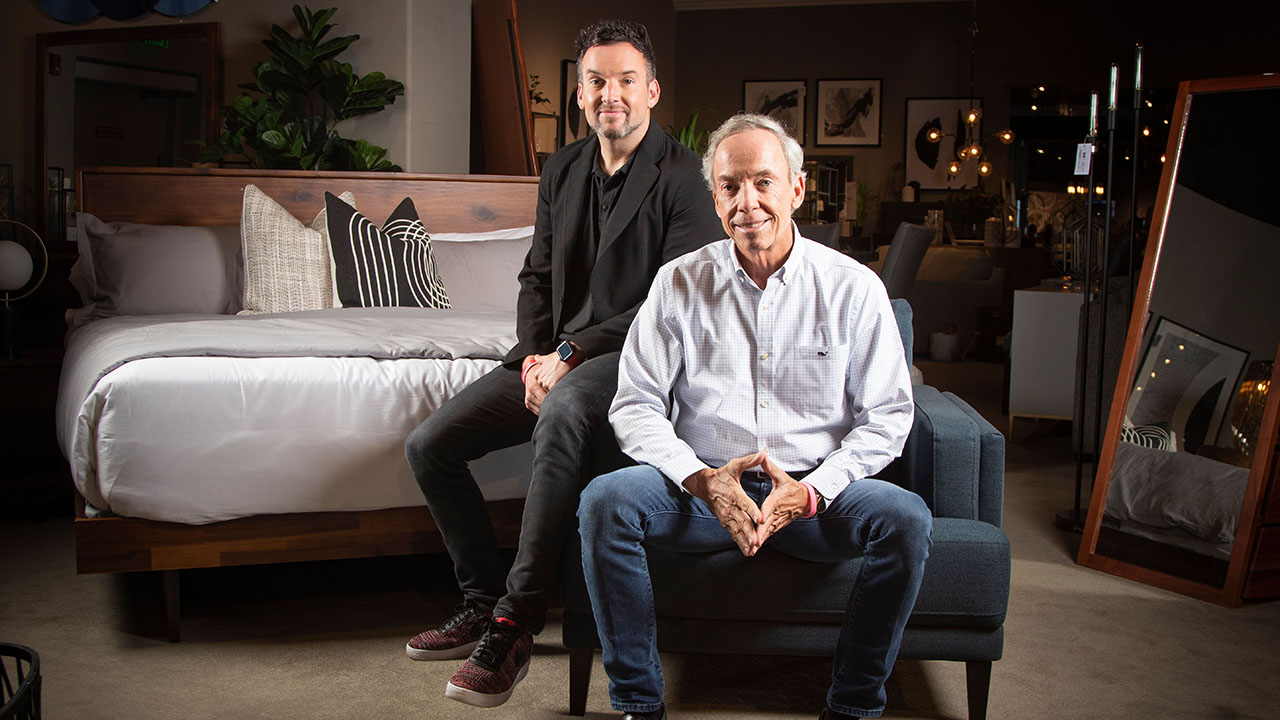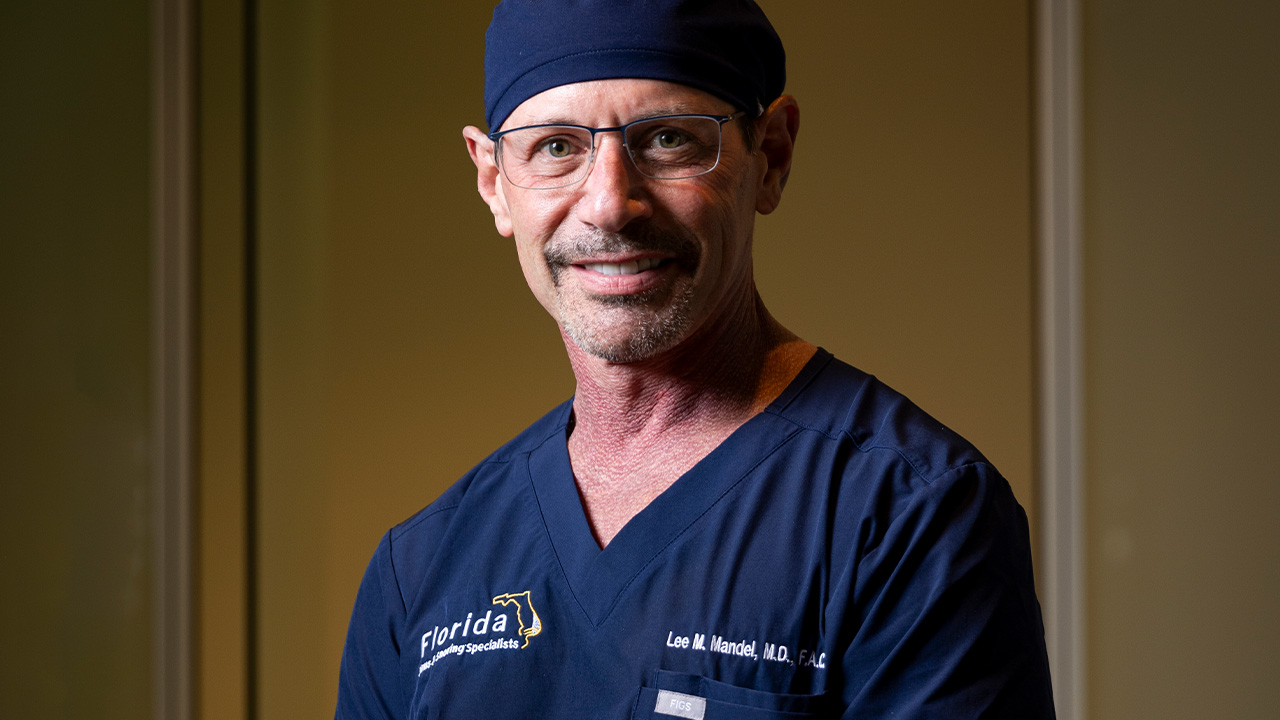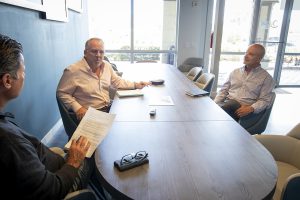 What are some of the critical needs that the LGBTQ community is facing right now?
What are some of the critical needs that the LGBTQ community is facing right now?
Jobin: In addition to elder isolation, I think that LGBTQ youth is going to be a real focus. There’s a mental health aspect for young people to be seeing their lives volleyed in the public square. You don’t realize what an impact that can have. It reinforces for them that there’s something wrong with them, something they should hide. The fallout from that is going to be significant.
So, let’s talk about the Parental Rights in Education bill (aka, “Don’t Say Gay”), which was signed into state law in late March. It reads, in part, that “classroom instruction by school personnel or third parties on sexual orientation or gender identity may not occur in kindergarten through grade 3.” How would you explain to someone who supports that concept what this law means to LGBTQ residents of Florida?
Jobin: My question is, why is someone allowed to talk about a husband and wife, and mothers and fathers? That’s gender orientation. It’s such a slippery slope.
Listen, this will never clear the courts. Every legal scholar will tell you so. It’s just a political game.
But I think what I would say is, try and put yourself in that person’s place. Try to have some empathy for someone whose experiences are much different than yours. For someone who comes from a disenfranchised class. Reflect on your religion and your belief system about helping people who are downtrodden.
Let’s broaden this out. What are potential ripple effects for members of the gay community when culture wars become so front and center?
Blaylock: We’ve seen this with assisted care facilities or nursing homes. There are times when gay seniors go into one of these facilities, and the staff there doesn’t know how to appropriately relate to them as gay individuals. So, they kind of go back into the closet so that they can fit into the life they now have.
That’s my fear when I think about these culture wars. All of the sudden, people who maybe took the bold step will feel like they need to “assimilate.”
How has the political climate impacted Our Fund’s mission and the LGBTQ organizations it supports?
Jobin: The one criticism that people might have about an LGBTQ Community Foundation is whether there’s really a need for it. Isn’t the situation getting better? It’s similar to what people say about gay bars—why do we need them? We’re all becoming one [people], right?
The political climate in the last several years has reminded us that we’re not there yet. If you are a Black person in this country, you would agree that the NAACP always will be needed. If we’ve learned anything, it’s that certain issues are not going away.
It’s the same for LGBTQ. You hate to say it, but there’s an urgency around LGBTQ issues because of the current political climate. It’s almost made our message more resonant.
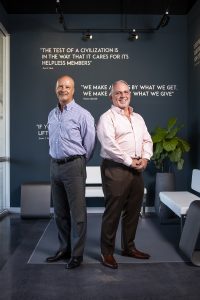 The Trevor Project estimates that more than 1.8 million LGBTQ youth (13 to 24) in the United States consider suicide each year. When you speak to organizations that work with LGBTQ+ youth, is there anecdotal evidence to support that?
The Trevor Project estimates that more than 1.8 million LGBTQ youth (13 to 24) in the United States consider suicide each year. When you speak to organizations that work with LGBTQ+ youth, is there anecdotal evidence to support that?
Jobin: Undoubtedly. The suicide rates are so much more significant; I think it’s three times more likely for an LGBTQ youth to attempt suicide.
We still hear a lot of stories about families kicking youth out of the home. We have a major initiative right now that’s in the development stages of trying to come up with an actual house for LGBTQ youth. … All the research tells us that the likelihood of a young person coming out to the family—and having to find alternative housing—is still significant.
How has working with Our Fund enlightened you about the LGBTQ+ community?
Blaylock: From a practical standpoint, it’s made me very aware of the gay wealth in this community. The other thing is being exposed to all the nonprofits. We received 37 arts and culture applications, but we can list another 13. Seeing this huge array of organizations and opportunities makes you aware of what a rich nonprofit community we have.
Jobin: I lived in San Francisco, and that city doesn’t have the LGBTQ vibrancy in the nonprofit world that Broward County has. San Francisco has one LGBTQ theater company. We have at least four that I can think of.
Blaylock: Part of our job is to be aware of this. Our tagline is “People Who Care, Causes That Matter.” We’re the connecting point between those.
But even socially now, my friends are coming to me and saying, “I have a friend who has this need. Where can they turn to in the community?” So, we have to do a better job of helping to raise awareness about these organizations.
Jobin: I’ve always worked in nonprofits, so I’ve been familiar with how people can be generous. It wasn’t until I moved to Broward that I realized how pivotal it is that people support their own.
We’re kind of built on the Jewish Foundation model. People are more inclined to give money to their own community for their own community. Our message is really clear. We’re ultimately here to help people support the LGBTQ+ community.
(Visit our-fund.org to learn more about the organization and its initiatives.)
Speaking Their Truth
Lifestyle asked David Jobin and Mark Blaylock to share their coming out experiences. These are their stories.
Blaylock: I didn’t come out until I was 40. I grew up in a very evangelical family—the son of a Baptist preacher—in central Pennsylvania. I was the oldest of five. It was drilled into me to always set the example for my brothers and sisters—I had to be the best at everything.
So, I went to a Bible college, got married and had three children. I was a prominent leader in the church as well.
My wife had discovered my inclinations at one point. We spent five years trying to work through it. I think she was convinced that, in her vocabulary, I could be “normalized.” But we both realized that the undercurrent was not going to go away. We were in Arlington, Virginia, by then. We mutually came to the decision that we’d both be happier if we could separate amicably. Which we were able to do.
But it’s been an evolving process for my children. They were teenagers at the time, so it was difficult. All three are in different stages of acceptance.
I didn’t have a single friend who stuck with me. Not one. I had to start with a clean slate of friends and acquaintances on all levels. Six weeks after separating from my wife, I walked into my first rehearsal with the Gay Men’s Chorus of Washington, D.C. At that point, I still didn’t have a gay acquaintance. But, suddenly, I had a family of 200 from singing in that chorus.
Jobin: In third and fourth grade, I went trick-or-treating dressed as Laura Ingalls, so you could say that’s where it started. And that was pre-Little House on the Prairie on TV, so that was just from the literary reference.
In college, I went to a very conservative Christian school—thinking that it would somehow shake this out of me. But that ended up being where I came out—at Grove City College in Pennsylvania. Coming out changed everything. I didn’t have to hide anymore.
Photos by Eduardo Schneider


